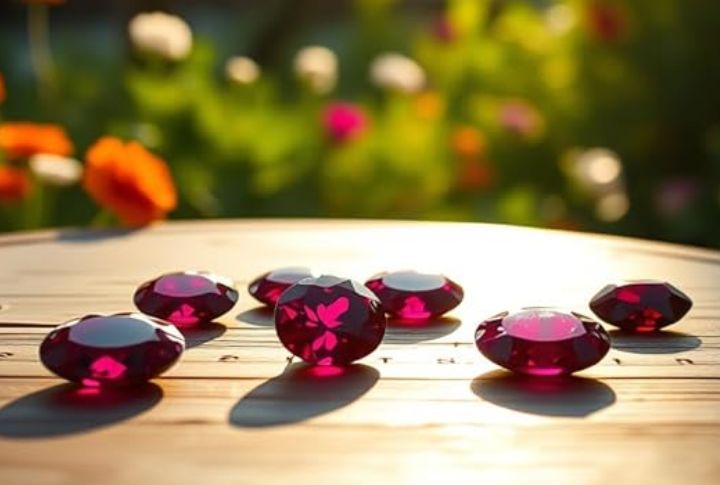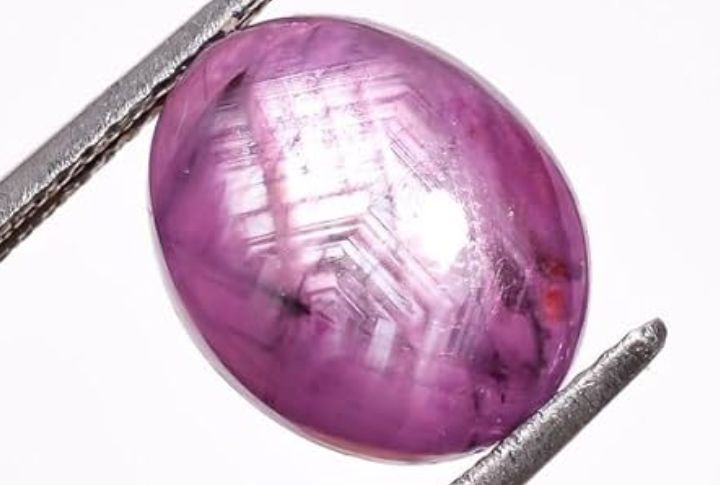
There’s more to rubies than bright red sparkle. In certain corners of the world, nature produces versions that most people never get to see. Over the decades, gem experts have identified a small group that breaks the mold. These are 10 rare ruby types that stand out for all the right reasons.
Burmese Pigeon’s Blood Ruby

Primarily found in Myanmar’s Mogok region, this ruby is prized for its rich red color and subtle blue fluorescence. While Mozambique produces similar stones today, Burmese rubies still carry emotional appeal and command top prices, sometimes hitting a million dollars per carat.
Trapiche Ruby

Patterns that look manmade, but aren’t. That’s what makes Trapiche rubies unforgettable. The six-point star inside each one forms naturally from carbon inclusions during growth. Found in Myanmar and scattered parts of Africa and South Asia, they resist traditional shaping.
Star Ruby

There’s something mesmerizing about a gem that moves with light. Star rubies do exactly that. Their soft, six-rayed shimmer (formed by rutile inclusions) is visible only under direct lighting. Sri Lankan mines are known for top specimens.
Mozambique Ruby

When Mozambique rubies first hit the market in 2009, few expected them to compete with Burma’s best. Then came the Estrela de Fura: 55.22 carats, auctioned for $34.8 million. Turns out, their fire and clarity weren’t just close to Burmese quality; they sometimes exceeded it.
Winza Ruby

Discovered in 2007 in central Tanzania, Winza rubies are known for their vivid color, high clarity, and UV fluorescence. They were found in small quantities and remain rare due to their limited and inconsistent supply since their initial discovery.
Painite-Included Ruby

Painite was once called the rarest mineral on Earth; barely a handful of samples existed until recent decades. To find it included inside Burmese rubies? That’s double rarity. These stones are geological flukes. The kind you wait years to see.
Color-Change Ruby

Under sunlight, they glow red. Indoors, they turn a moody purple. This transformation comes from chromium and vanadium in their makeup. Most weigh less than a carat, which adds to their mystery. Mistaken identities are common, and that’s part of their quiet brilliance.
Thai Black Ruby

Not everything rare sparkles bright. Thai black rubies keep their red hidden beneath a nearly black exterior. Their true color emerges only when light finds the right angle. Mined in Thailand’s Chanthaburi and Trat regions, they’re often confused with darker stones.
Silk Ruby

That soft, velvety glow in high-end Mogok rubies is the silk. Rutile inclusions weave through the stone, catching light and softening the surface without dimming it. When properly aligned, that silk can also contribute to star phenomena. If cut too hard, it disappears.
Corundum Trapiche-Like Ruby

This isn’t the true trapiche; it’s a close cousin. Trapiche-like rubies form through sector zoning during crystallization, which gives them geometric, almost architectural symmetry. Lines divide it like spokes on a wheel and are rarely seen outside Myanmar and Madagascar.
